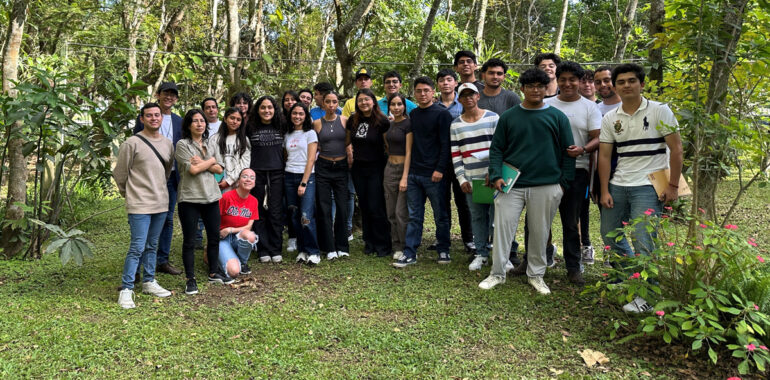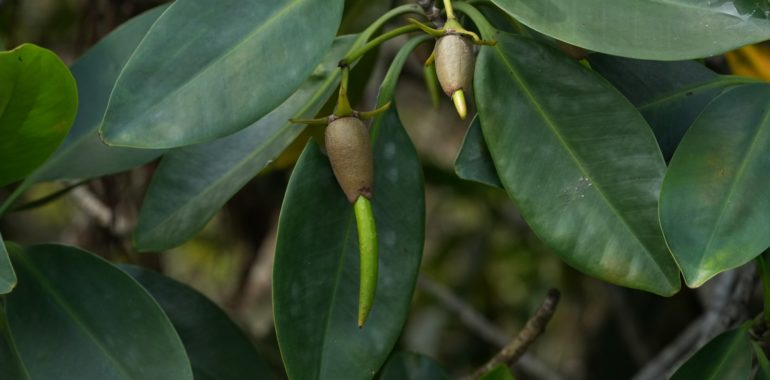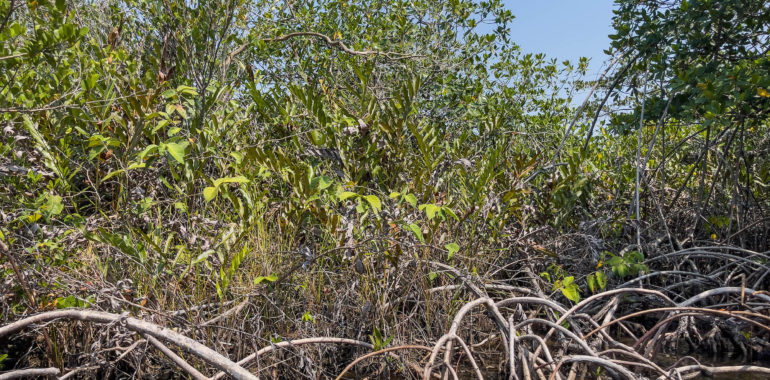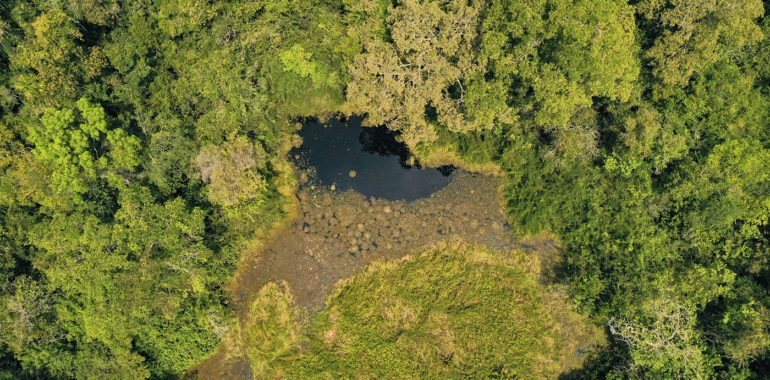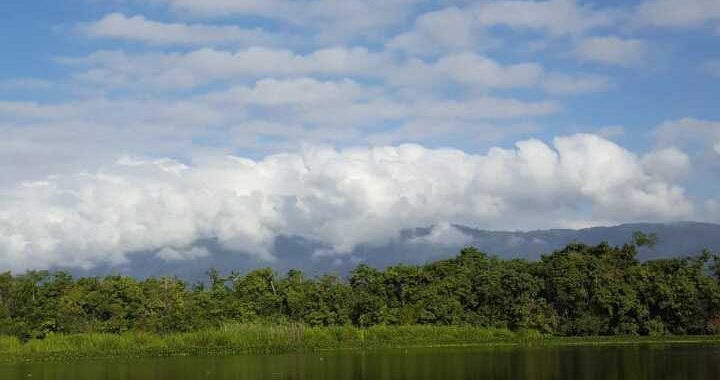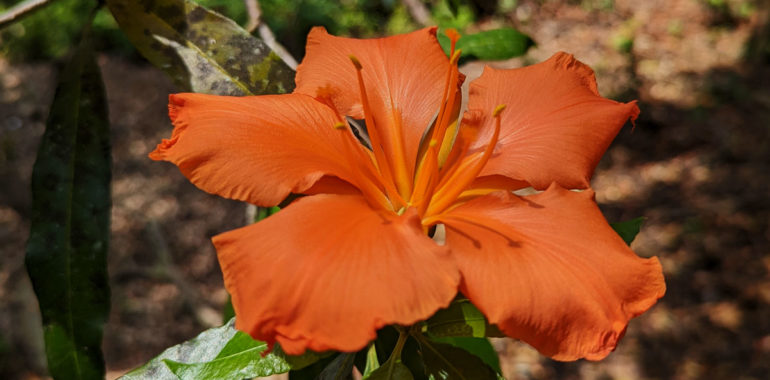Most people may not be aware of how crucial rivers are in the present, since their connection to the daily life in cities may not be as apparent. However, they are in fact strongly linked with most of the economic activities that allow cities, and societies to thrive. Take a look at this overview of…
Our first workshop on ethnoecology
Ethnoecology is the interdisciplinary approach that studies holistic ways in which nature is seen by different human groups or different cultures. In that sense, one of its approaches is through the study of the kosmos-corpus-praxis complex (Toledo and Alarcón, 2008). With that in mind, and due to the relation of FLAAR Mesoamérica’s work with this…
Iconography of Cosmology of Early Classic and Late Classic Maya World View: Sky Band Above – Earth Band Below and Surface of the Underwaterworld Band
This PowerPoint presentation will show scenes not available elsewhere. If you are a student you will find topics for your BA thesis, MA thesis or your PhD dissertation. If you are a professor this PPTx provides you digital rollouts by Nicholas Hellmuth that have never previously been published. You have permission to download any and…
Mangroves of Rio San Pedro, amusing cases of ecology and evolutionary history
In March of 2023 our expedition team found and documented mangrove trees along Rio San Pedro. Since then, we have learned a lot about these remarkable trees. Mangroves have bright green leaves. Photo by: David Arrivillaga. Rio San Pedro, March, 2023. Our team first learned about these mangrove remnants primarily through a research publication by…
Tomb of the Jade Jaguar, Tikal
Tonight the presentation will mention the jaguar hide and feather headdress found in Tikal Burial 196, so includes ethnozoology (obviously the feathers were just dust imprint but segments of leather of the jaguar were still preserved, and the claws). For botany mentions cacao or other beans found inside one of the ceramic vases. Plus the…
Importance of Mangroves
Mangroves are a type of forest located in coastal areas of tropical and subtropical regions. Their characteristics allow them to be highly productive. They provide ecosystem services such as: Refuge and habitat of wild flora and fauna (rich biodiversity) Food source and supply of nutrients to other species (fish, crustaceans, birds, reptiles, etc.) Carbon capture…
New ecosystems documented
We are currently working on our Biodiversity Documentation Project in the Reserva de Biósfera Maya, Petén, Guatemala in cooperation with the National Council of Protected Areas (CONAP, its acronym in Spanish). The project started in 2021 and will end in 2025. On each expedition, we found species of our interest, but what really surprised us…
Refugio de Vida Silvestre Bocas del Polochic: An important wetland of Guatemala
Bocas del Polochic, located in El Estor, Izabal, is one of the most important wetlands in Guatemala. It is formed by the mouth of the Polochic River, with forests, which serve as a biological corridor for species that share ecosystems between Sierra de las Minas and El Estor; and rivers, such as the Polochic river,…
Introduction to Mammals and the 5 Felines of Guatemala
Do you want to know more about the mammals and the five felines of Guatemala? These conferences are what you were looking for. Sign up here to receive the ZOOM link: Sign up We are waiting for you on Wednesday May 25th and Thursday May 26th via Facebook Live or ZOOM at 6:00 pm (Guatemala…
We found a passionflower tree! Its name is Flor de Mayo (Erblichia odorata)
On our expedition on April 7, 2022, in Aldea El Rosario, Livingston, Izabal, we were able to photograph this incredible passionflower tree, commonly called Flor de Mayo. Something unusual since passionflowers usually grows like a vine. This tree is incredible for the color of its flowers, very strong orange. When you see it, you feel…


